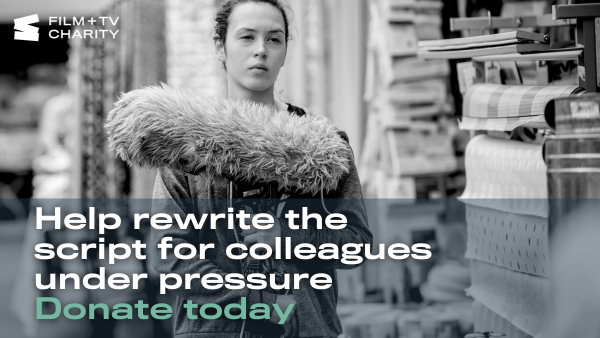For the 3×60-minute David Attenborough’s Great Barrier Reef for BBC1, Atlantic Productions wanted to push the tech as far as it could. Series director Mike Davis explains how
What was the driver behind the series?
David [Attenborough] first went to the Great Barrier Reef in 1957 in Zoo Quest. He was using a scuba tank that Cousteau had invented just 15 years before and a wind up Bolex 16mm camera. There was no sound or certainly no synch sound. To go back with the latest technology was one of the USPs of the series.
What were the key pieces of hardware?
We had access to the 56m research and exploration vessel The Alucia, so we were able to get the latest camera equipment into remote parts of the reef. Also we had access to a helicopter with a stabilised nose mount to get amazing aerials. Most importantly we had the Triton 3300/3 submersible. That was the key piece of tech to allow David to get down to 1000 feet and spend time looking at and getting samples of coral.
What about cameras?
Our underwater camera throughout was a RED Dragon 6K as we were keen to film in high resolution. The Triton takes three people – the pilot Buck Taylor, David and the cameraman Paul Williams. He was on board with a Sony F55 filming David’s pieces to camera. We had cameramen outside the sub, cameras mounted on the sub looking out and looking back, GoPros littered all around.
Did the extreme depth cause probems?
When we did our deep dive that became challenging. You have battery life issues and underwater cameramen can only dive to 60 metres or so. When you’re at 1000 feet you’re limited to the cameras on board. They’re controlled by one cameraman and he’s also holding a camera to film David. There are limited points of view. In some ways that informs the grammar of a deep dive; people expect the resolution to drop.
You made a VR version too for the Natural History Museum?
We had a Jaunt rig inside the submarine so you could sit with David and hear him talking to you. Outside we had the Kolor Abyss spherical rig with 6 GoPros in an underwater housing system. We could capture scenes with fish swimming all around you and also see the submarine in the distance. You can hop in and out of the sub and really feel immersed.
What other units did you have shooting?
We used timelapses on beaches to capture the turtles on Rain Island for instance. Things like coral fighting has to be done in controlled conditions in tanks just off the reef. In those we shot timelapse but with focus stacking which allowed us to choose which area we wanted to bring into sharp focus in post. If the coral’s fighting and a tentacle goes off to attack another piece of coral in the background, you can focus in on that. It meant huge amounts of storage was required. The sheer physicality of some of this imagery was a problem. Shooting 6K is great but there are only so many hard drives you can take on board and fly back with.
Jon Creamer
Share this story

















